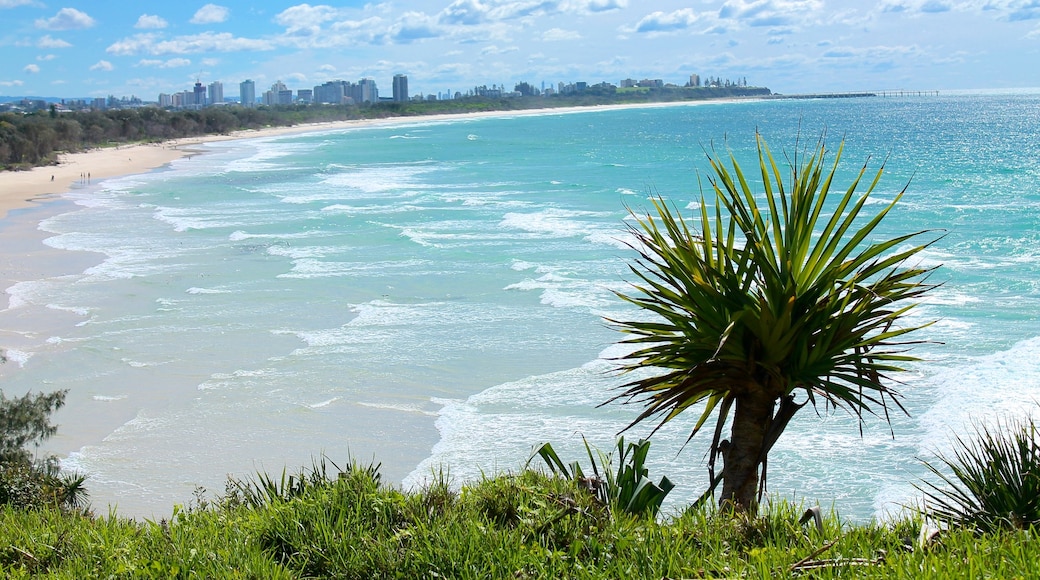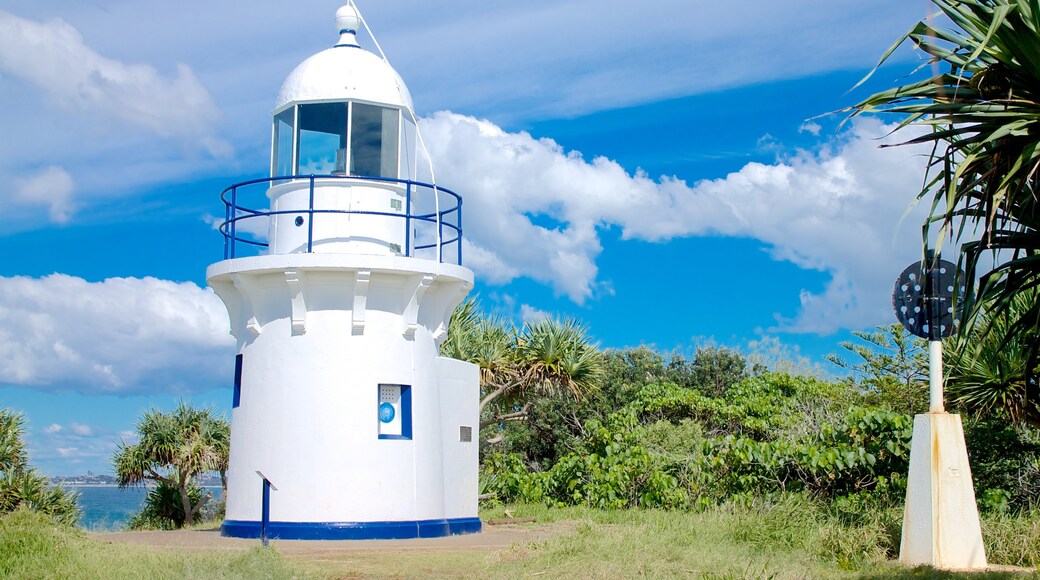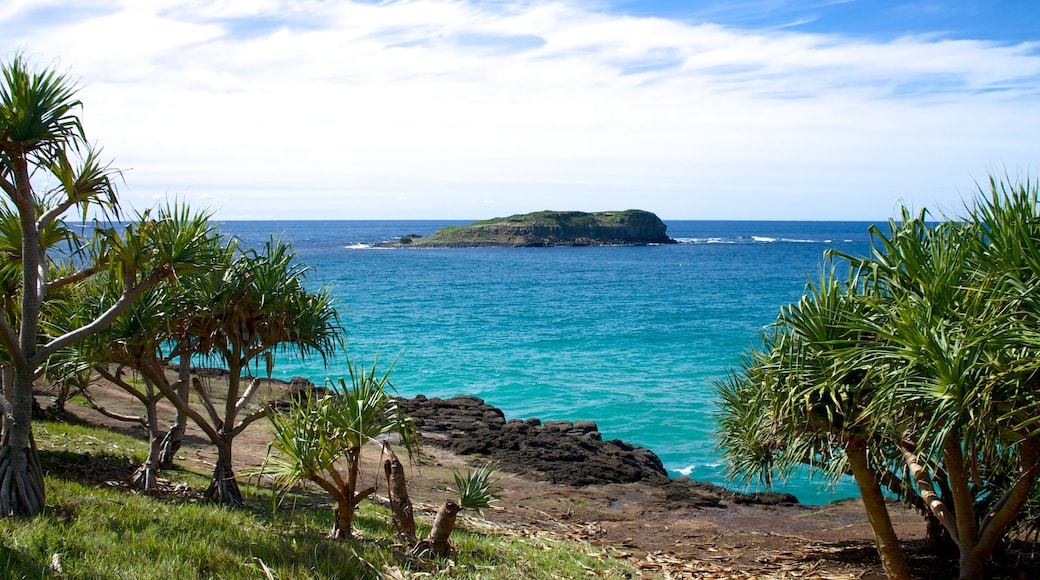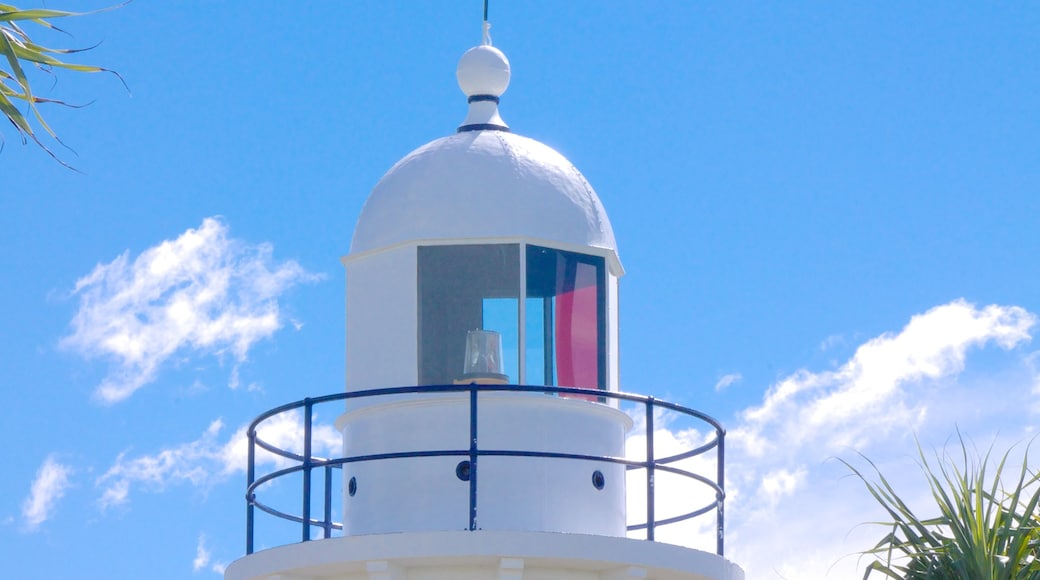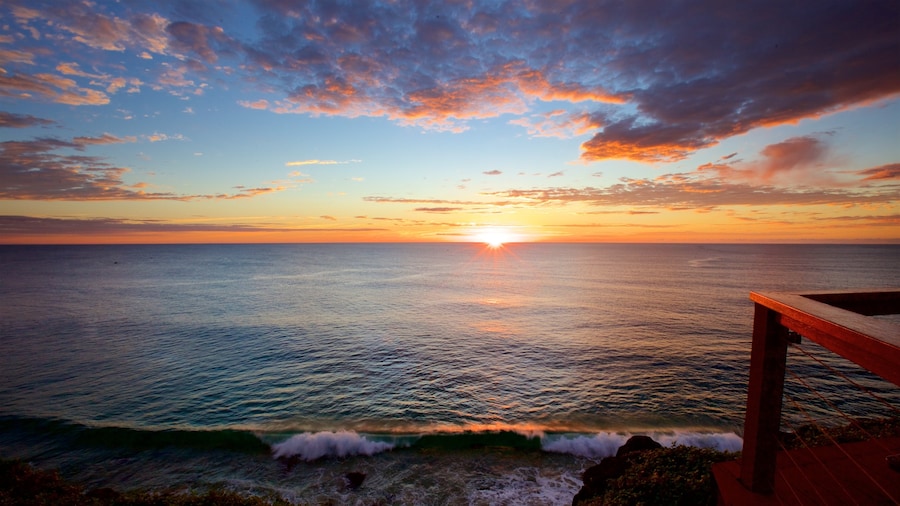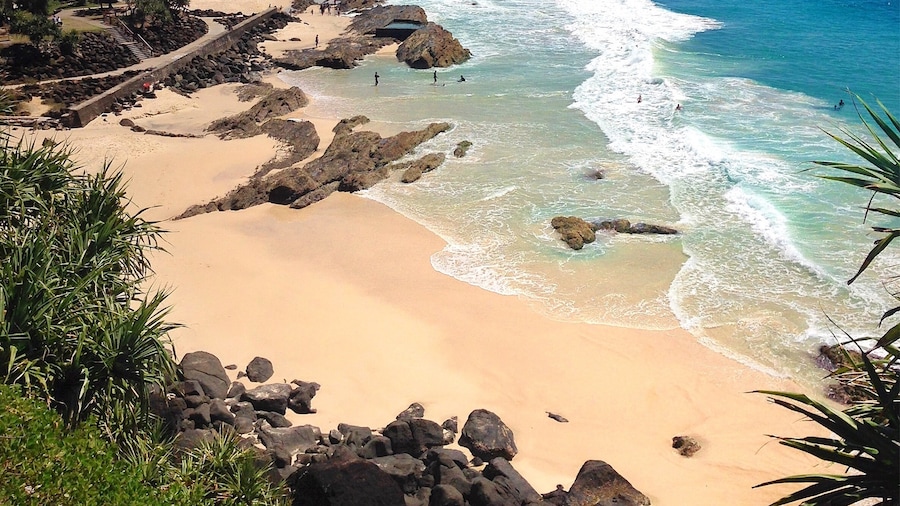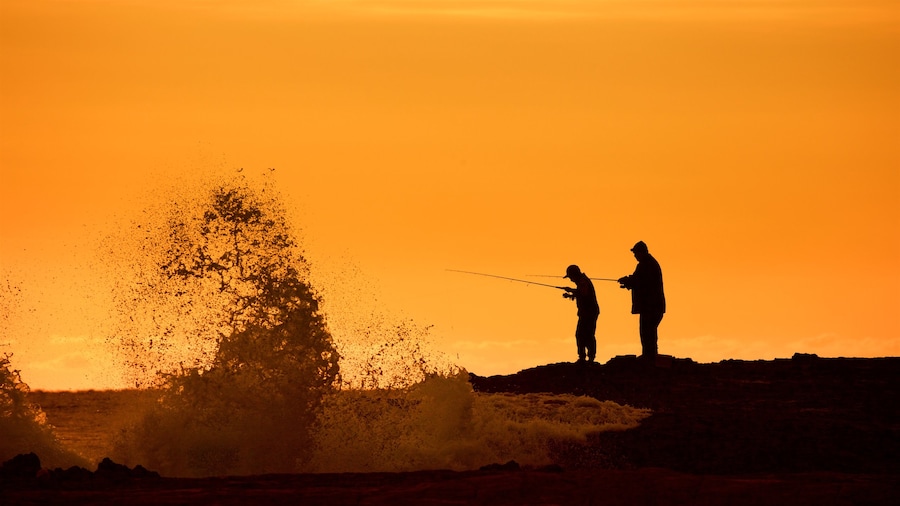Illuminating the sea through dark nights, this beacon keeps ships and their crews safe and serves as a reminder of Australia’s past maritime dependence.
The small Fingal Head Lighthouse, perched on a low rise, shines its radiating beacon for incoming ships, ensuring a safe passage over reefs, shoals, sandbars and rocky headlands. Look for flora and fauna as you make the scenic walk to the headland.
See lighthouses all along the New South Wales coastline. In the late 1800s when incidents of shipwrecks rose, authorities set to work to build many maritime structures. This modest beacon, put into operation in 1872, was named after Fingal, the mythical creature that created Giant’s Causeway in Ireland. While the Fingal Head Lighthouse may be small, its beacon is still powerful as it is located on one of Australia’s most easterly points.
This charming lighthouse is situated on a headland where birds, such as the black-necked stork, nest. To get here from the beach, walk along the path through the tropical rainforest. As the broad grassy area of the small headland opens, see the views of Tweed Heads. At the Giant’s Causeway, spot dolphins and humpback whales. If you are keen to catch the evening’s dinner, bring your fishing rod and cast into the water.
Meander around the circular stone tower and admire the lantern and gallery. When it was built, this lighthouse had a fixed white light of 1,000 candelas. In 1920, the original kerosene was changed to an automated acetylene operation and the output was increased to 1,500 candelas.
Across from the beacon are the ruins of the keeper’s house. Walk north toward the beach and see boats on the sea. Unpack a picnic by the facilities on the water and cook up lunch on the barbecue.
While the area around Fingal Head Lighthouse is accessible, the tower itself is closed. It is located on the headland southeast of Point Danger. Get here via the Pacific Highway, south of the Tweed River. Park for free on-site.
